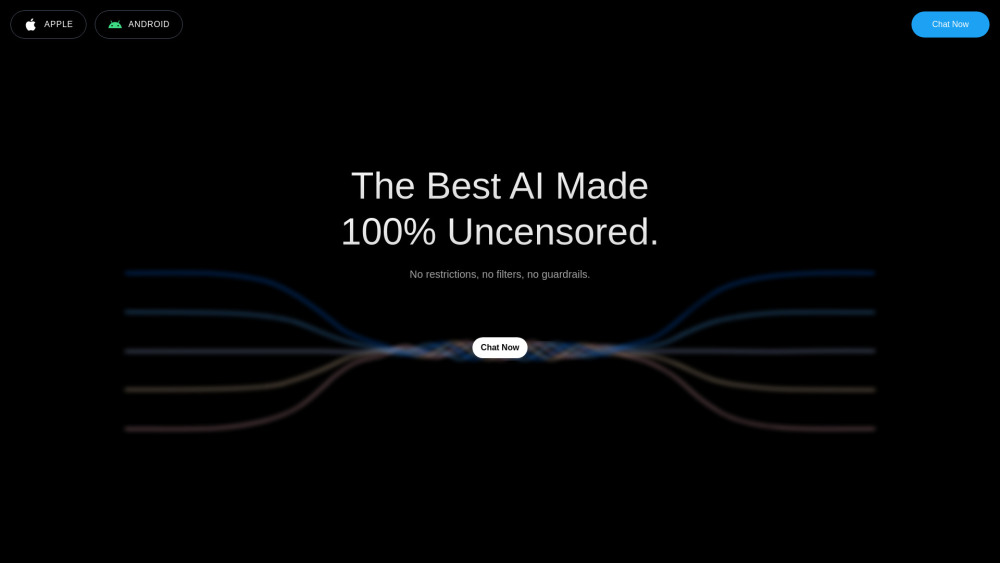MotionGPT: Human Motion as Foreign Language
Product Information
Key Features of MotionGPT: Human Motion as Foreign Language
Unified motion-language framework, motion tokenizer, motion-aware language model, and prompt-based question-and-answer tasks for enhanced performance.
Unified Motion-Language Framework
Combines language data with large-scale motion models to handle various motion-related tasks.
Motion Tokenizer
Converts raw motion data into discrete motion tokens, similar to word tokens.
Motion-Aware Language Model
Learns to understand motion tokens from large language pre-training models by corresponding textual descriptions.
Prompt-Based Question-and-Answer Tasks
Pre-trains MotionGPT with a mixture of motion-language data and fine-tunes it on prompt-based question-and-answer tasks.
State-of-the-Art Performance
Achieves state-of-the-art performances on multiple motion tasks, including text-driven motion generation, motion captioning, motion prediction, and motion in-betweening.
Use Cases of MotionGPT: Human Motion as Foreign Language
Text-driven motion generation for animation and gaming applications.
Motion captioning for video analysis and understanding.
Motion prediction for robotics and autonomous systems.
Motion in-betweening for animation and special effects.
Pros and Cons of MotionGPT: Human Motion as Foreign Language
Pros
- Unified framework for handling motion-related tasks.
- State-of-the-art performance on multiple motion tasks.
- Enables the use of large language data and models in motion generation tasks.
Cons
- May require large amounts of data and computational resources.
- Limited to specific motion-related tasks and applications.
- May require fine-tuning for specific use cases and applications.
How to Use MotionGPT: Human Motion as Foreign Language
- 1
Read the MotionGPT paper for a detailed understanding of the model and its applications.
- 2
Explore the MotionGPT code repository for implementation details and examples.
- 3
Use the MotionGPT model for your specific motion-related task or application.







